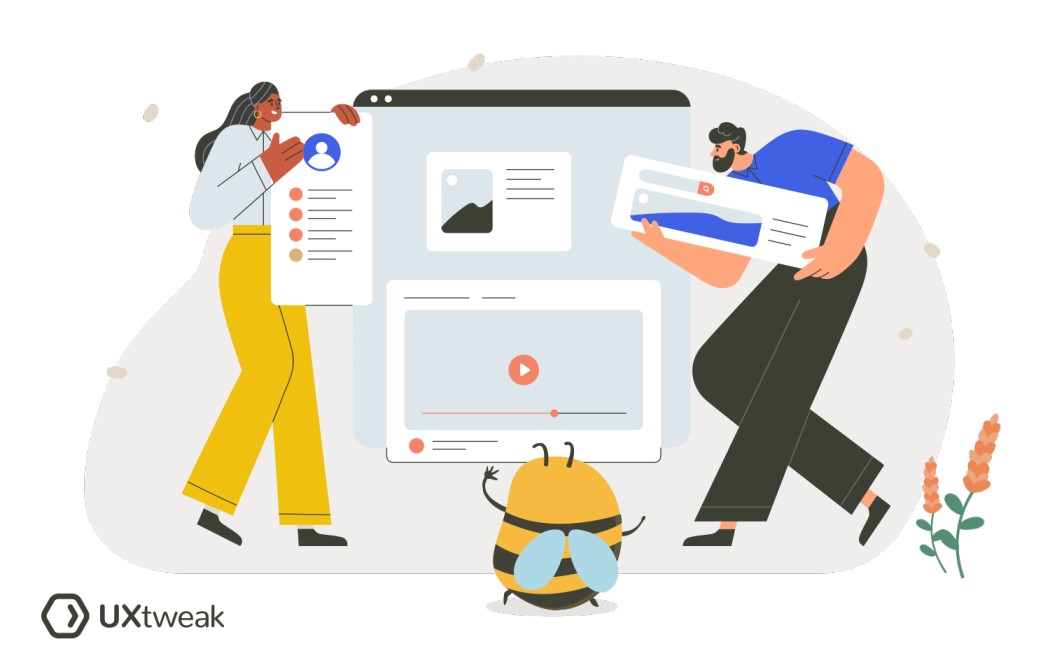How does rapid prototyping work?
It typically involves the following steps:
- Ideation: Generate ideas and conceptualize the product or system.
- Design: Create low-fidelity or high-fidelity prototypes, depending on the desired level of detail.
- Test and Iterate: Conduct prototype user testing and gather feedback to identify improvements and iterate on the design.
- Refine and Finalize: Incorporate feedback, refine the design, and finalize the prototype for future development.
- Build: Develop the prototypes using appropriate tools or technologies.
What are the advantages of rapid prototyping?
Benefits of agile prototyping include:
- Accelerated Time to Market: Prototyping allows quick iterations, speeding product development cycles.
- Involvement of Early User Feedback: Early in the process, it captures critical user feedback. Consequently, final products align with user needs.
- Realization of Cost Savings: Spotting design issues early on reduces cost implications of changes later.
- Promotion of Collaboration and Communication: Prototypes enhance understanding of the product vision among designers, developers, and stakeholders.
Where is rapid prototyping used?
Rapid prototyping is used across various industries and disciplines, including software development, product design, user experience (UX) design, industrial design, and more. It is particularly useful in scenarios where quick iteration, user feedback, and validation of design concepts are essential for successful product development.
FAQ
In software development, rapid prototyping involves creating functional software prototypes to validate design concepts, test user interactions, and gather feedback before proceeding with full-scale development. It allows for early detection of design flaws and optimization of user experience.
The rapid prototyping process typically involves steps such as ideation, design, building prototypes, testing and iteration, and refining the design based on user feedback. It emphasizes quick iterations, user-centric design, and frequent collaboration to create effective and successful products.





